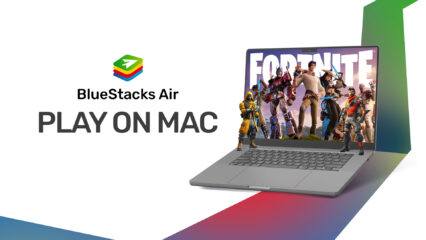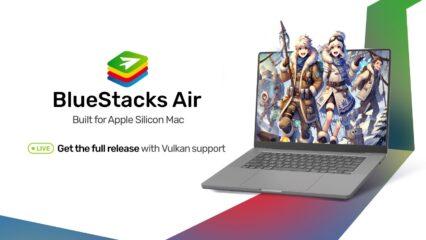The Future of Creativity: Best Generative AI Tools
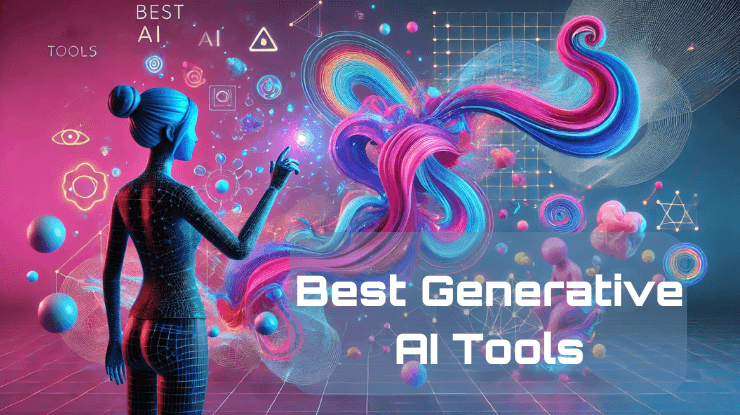
Generative AI tools are revolutionizing the creative landscape, offering unprecedented opportunities for artists, writers, marketers, and developers. These tools leverage advanced algorithms to generate content ranging from text and images to music and video, fundamentally altering how we approach creativity. As we dive deeper into this article, we will explore the best generative AI tools available today, their applications in creative fields, advantages, and implications for the future of creativity.
Understanding Generative AI
Generative AI refers to algorithms that can generate new content based on training data. These models learn patterns and structures from vast datasets, enabling them to create original outputs that mimic human creativity. The most common forms of generative AI in creative contexts include text generation, which produces written content such as poetry, stories, and scripts; image generation, which creates visual art based on textual descriptions or other inputs; music composition, which involves composing original music tracks using learned styles and patterns; and video production, which generates engaging video content through automated processes.
The versatility of generative AI tools makes them invaluable across various creative industries, including visual arts, literature, advertising, and entertainment. They empower creators to push the boundaries of their craft, enabling the rapid generation of ideas and concepts that can be refined and tailored to meet specific artistic visions. As the technology continues to evolve, the potential for integrating generative AI into the creative process will only expand, opening new avenues for innovation and expression.
Top Generative AI Tools for Creativity
1. NightCafe Creator
NightCafe Creator democratizes the process of art production by enabling anyone to create stunning digital artwork utilizing advanced neural networks. Users have the opportunity to explore a variety of artistic styles, encompassing both classical and contemporary art while benefiting from community support that fosters sharing and collaboration.
To use NightCafe Creator effectively, users need to input a text prompt that describes the desired artwork, such as “a serene landscape at sunset” or “a futuristic cityscape,” and select an art style, such as impressionism or abstract. The tool will then generate a unique piece of art based on these specifications. This platform is particularly advantageous for artists seeking inspiration or for individuals desiring to create personalized art pieces without requiring traditional artistic skills.
NightCafe encourages users to iterate on their prompts, experimenting with different styles and descriptions to refine the generated art, thus enhancing the creative process.
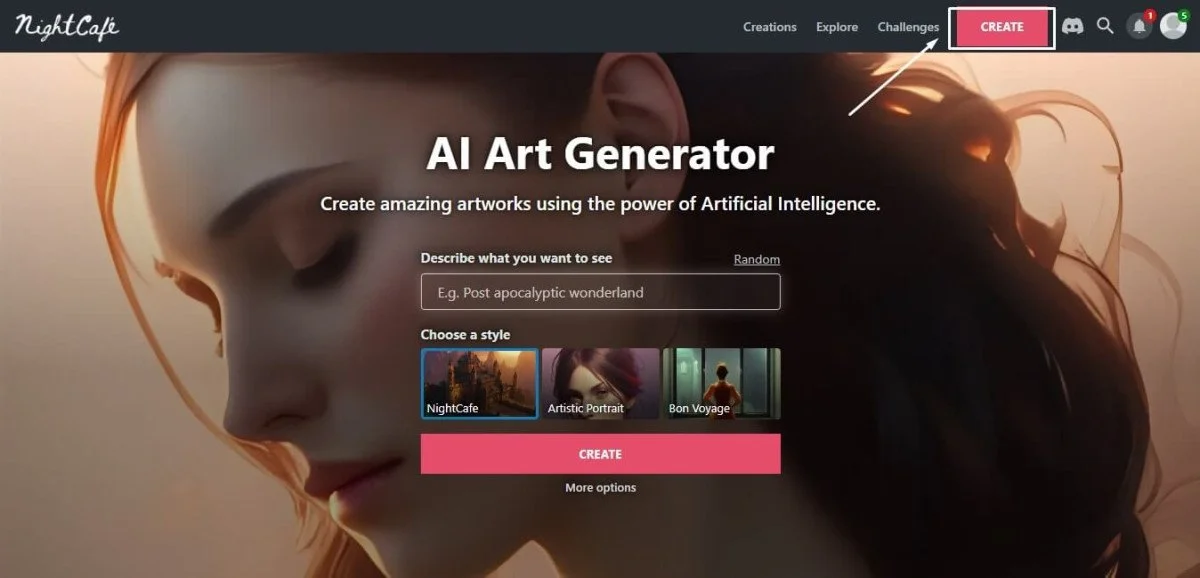
2. Stockimg AI
Stockimg is an AI-driven art generation tool that excels in creating high-quality visuals for a range of applications, including book covers, posters, and social media graphics, based on text prompts. Users begin by inputting a descriptive prompt detailing the desired image, such as “a fantasy book cover featuring a dragon” or “a motivational poster with mountains.” In response, Stockimg AI generates multiple options based on the provided prompt.
This tool is particularly suited for graphic designers in search of quick visual assets or authors who require compelling cover art without the need to hire a designer. Stockimg AI’s ability to produce diverse variations enables users to choose from an array of creative outputs, ensuring they find the perfect visual representation for their projects.
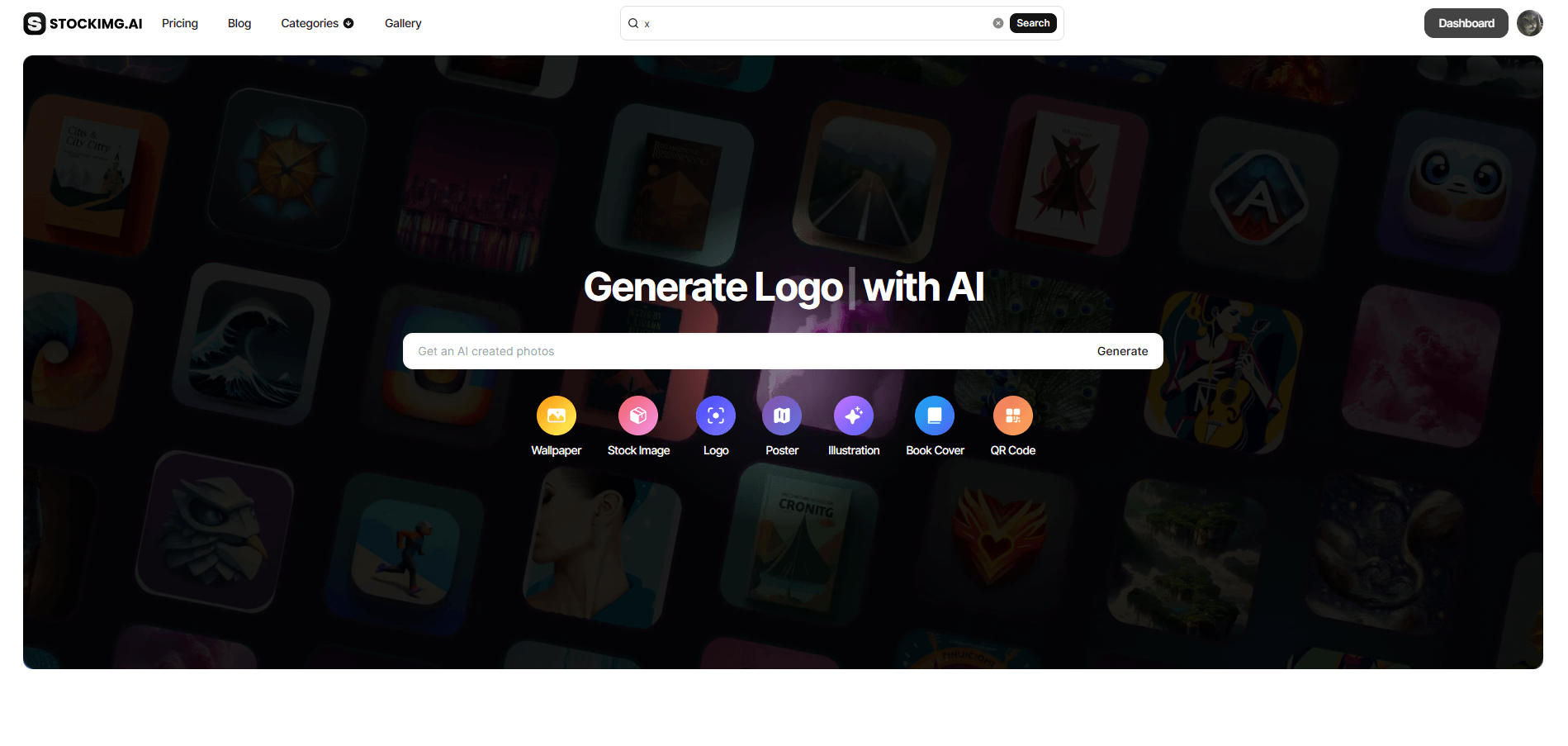
3. Replit
Replit functions as a collaborative coding platform that incorporates generative AI capabilities specifically designed for creative software development. It aids developers in generating code snippets for creative projects, such as game design or interactive storytelling, while facilitating seamless collaboration among multiple users on coding initiatives.
To utilize Replit effectively, users should initiate a new project in their preferred programming language, such as Python or JavaScript, and leverage the integrated AI assistant to receive code suggestions as they work on developing interactive applications or games. This tool is particularly advantageous for creative technologists seeking to rapidly prototype their ideas. By streamlining the coding process, Replit allows developers to focus more on the creative aspects of their projects.
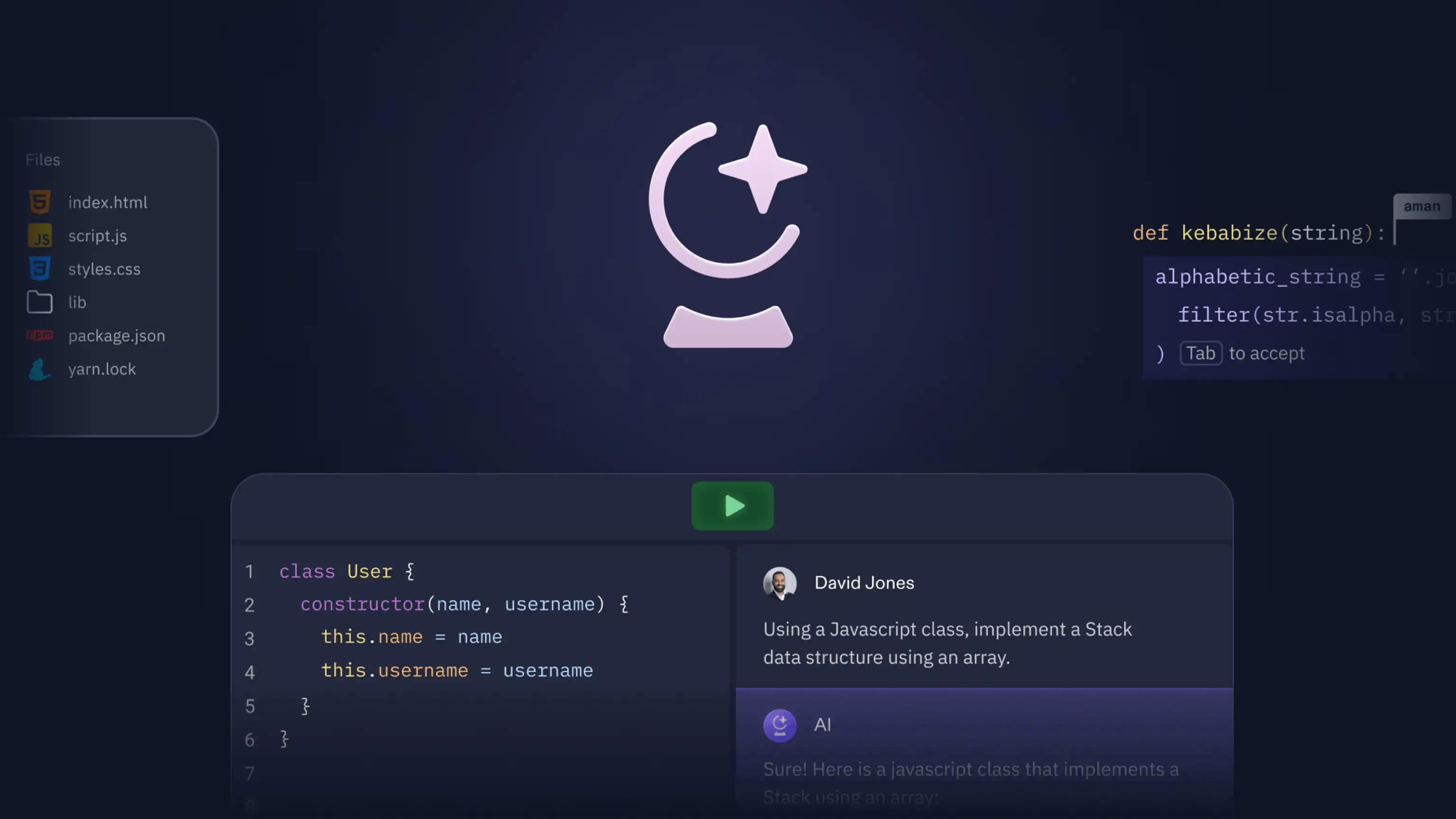
4. Dream by WOMBO
Dream by WOMBO is a platform that converts text into visually captivating artwork through AI technology tailored for artistic expression. Its user-friendly design ensures accessibility for individuals of all artistic backgrounds. Users can generate unique pieces by inputting descriptive prompts such as “a whimsical forest with magical creatures” or “a portrait of a futuristic hero.”
The AI produces an image within seconds based on the provided input, facilitating immediate exploration of various artistic styles and themes. However, it is important to note that the quality of the generated art can vary significantly depending on the initial inputs provided by the user. As users become more familiar with the tool, they can refine their prompts to achieve more satisfying results, making Dream by WOMBO an excellent option for both novice and seasoned artists alike.
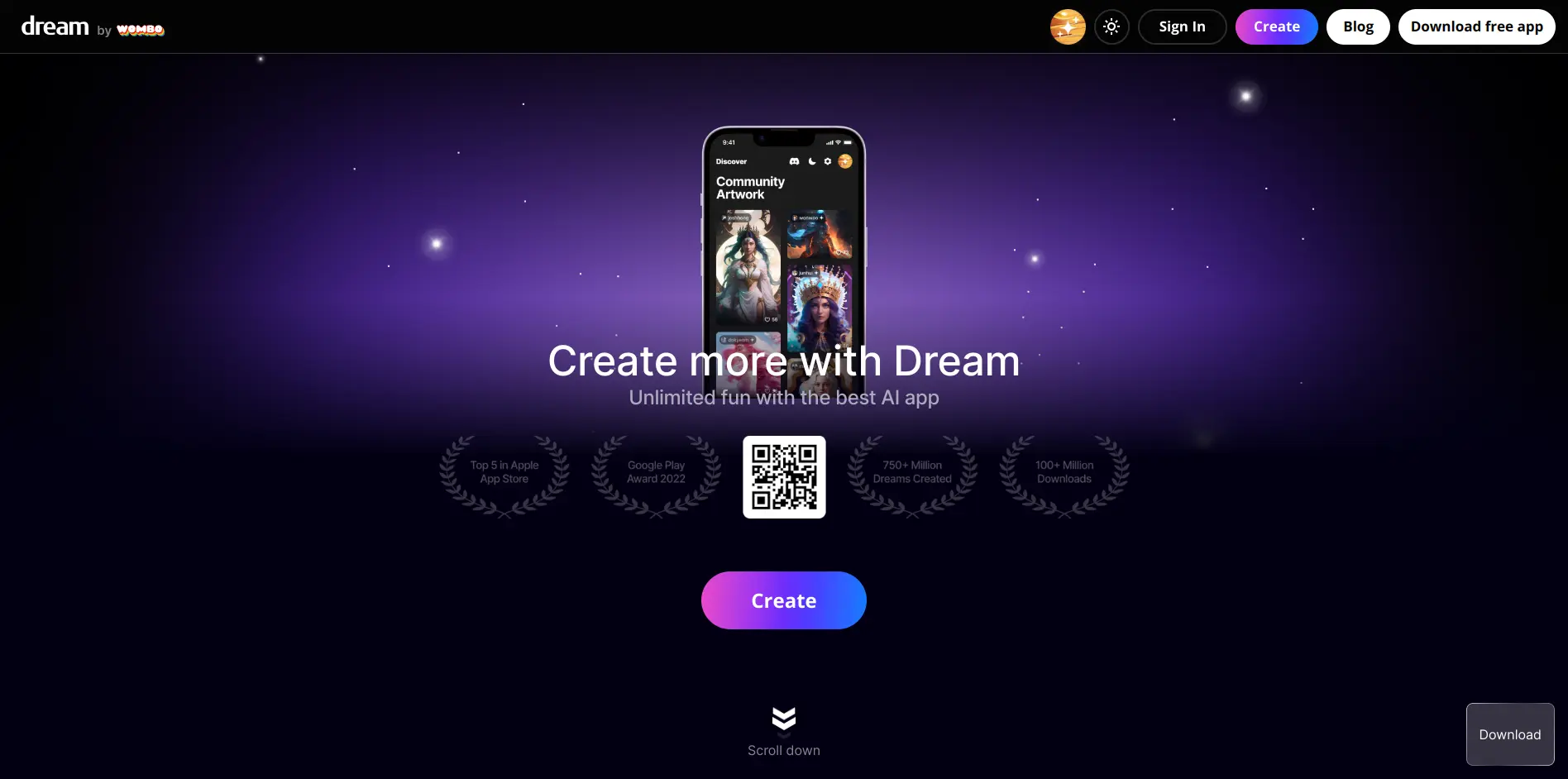
5. Copy.ai
Copy.ai is a writing tool designed to assist users in generating creative written content, including poetry, short stories, marketing copy, and social media posts. It produces a wide variety of written material based on user input and provides numerous templates tailored to different writing needs.
To utilize Copy.ai effectively in a creative context, users should select a specific template, such as a product description or social media caption, and provide details regarding the topic or message they wish to convey, for instance, “compose a captivating opening line for a fantasy novel.” The tool then generates engaging copy quickly, making it particularly beneficial for authors and marketers seeking fresh ideas or prompt drafts.
By alleviating the pressure of writer’s block, Copy.ai empowers users to explore new narrative directions and develop their writing skills through practice and experimentation.
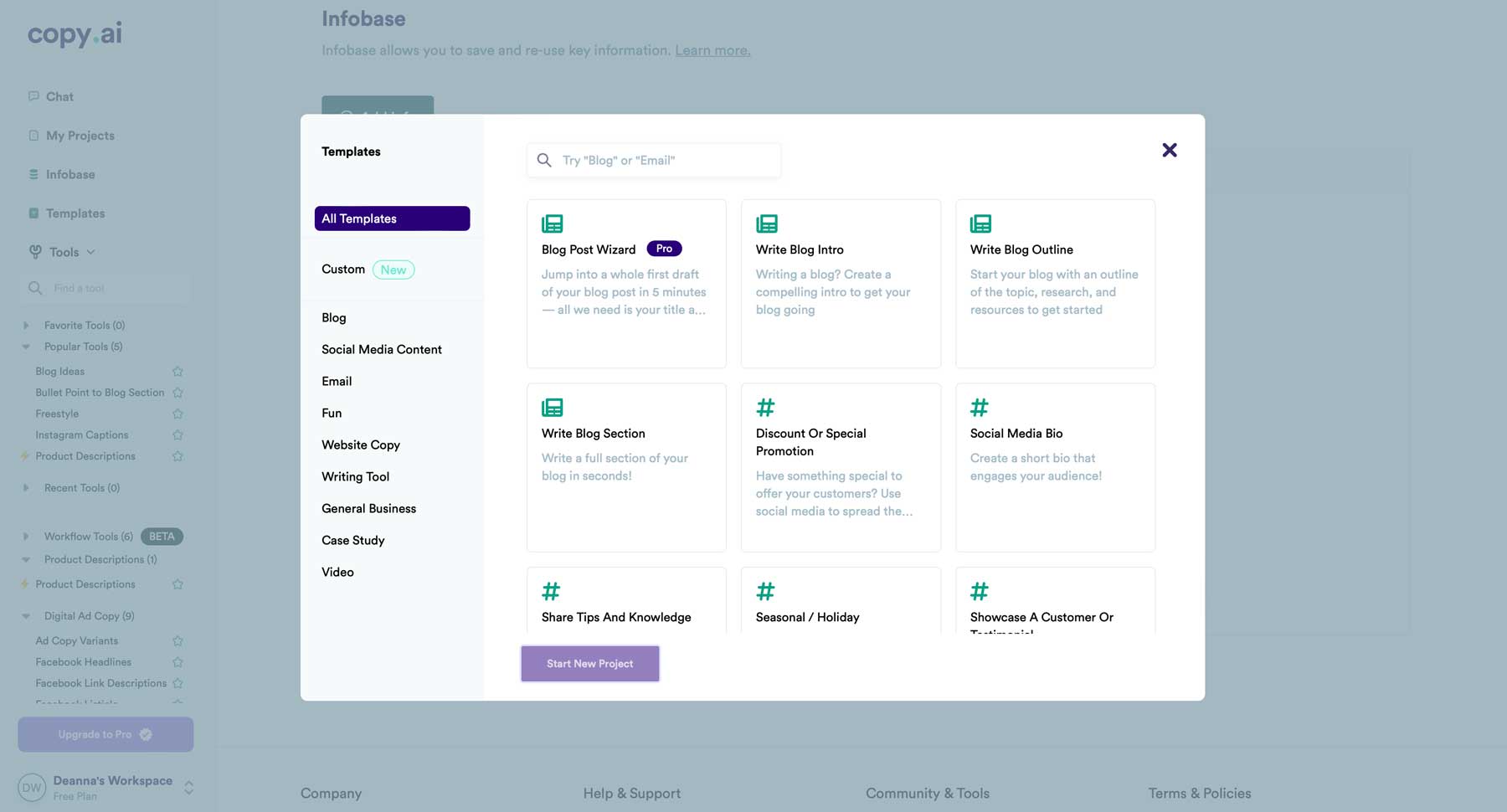
6. Chatsonic
Chatsonic is an AI conversational chatbot developed by Writesonic, designed to aid users in creative brainstorming and content generation. It incorporates Google Search functionality to deliver updated information while also producing engaging narratives and dialogues. Users can engage with Chatsonic by posing questions or providing prompts relevant to their creative projects, such as “generate a plot twist for my mystery story” or “suggest character names for my fantasy novel.”
In response, the chatbot offers informative answers or creative suggestions derived from its training data and real-time information sourced from the web. This interactive engagement allows creators to refine their ideas and enhance their storytelling capabilities through dynamic conversations.
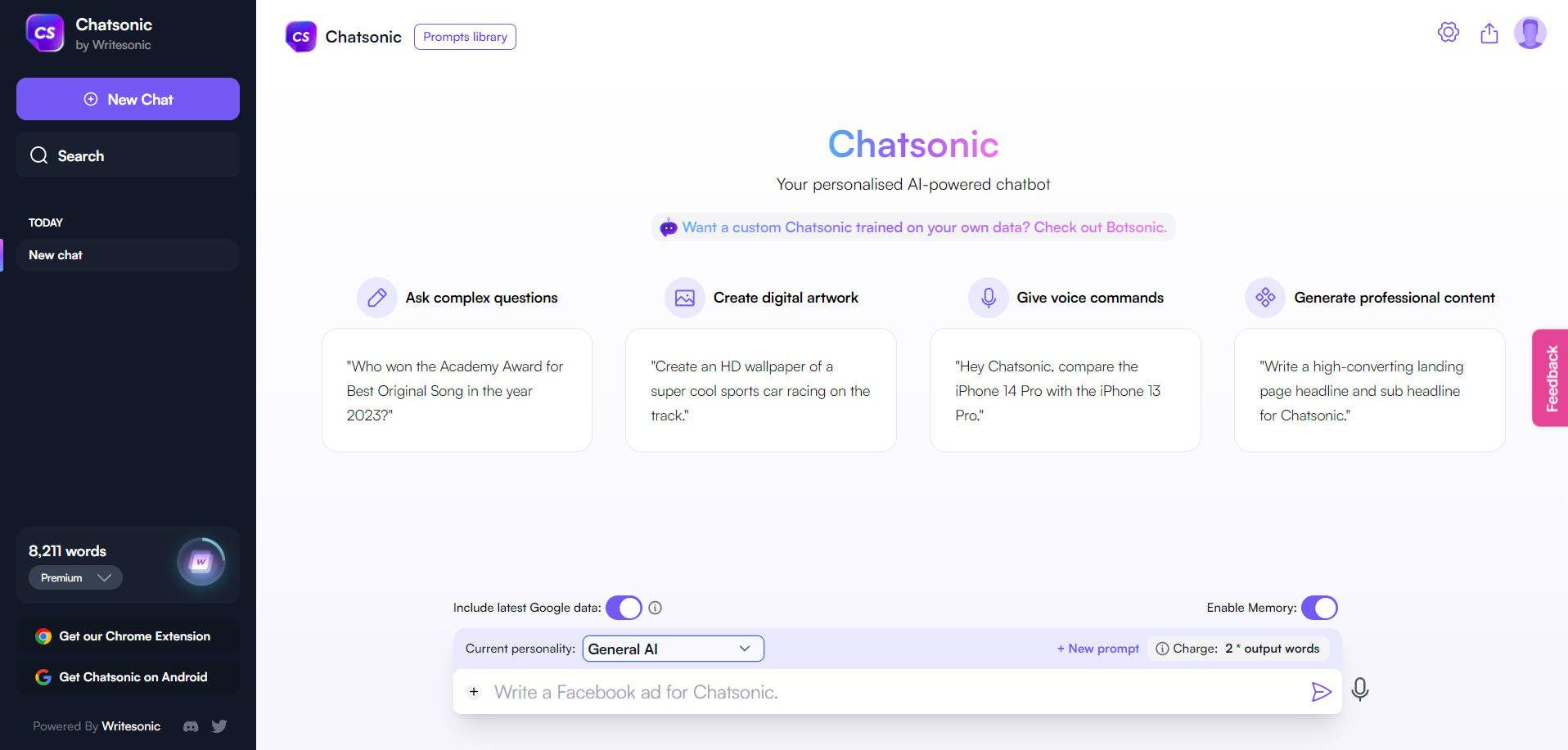
7. Synthesia
Synthesia enhances the video production process by enabling users to generate videos solely from text prompts, specifically designed for storytelling or educational objectives. Based on the provided input, the platform creates videos featuring AI avatars capable of speaking in over 120 languages.
To effectively use Synthesia in a creative context, users can craft a script that outlines their intended video content, such as an animated explainer video highlighting a new product. They can also select an avatar style that aligns with their brand’s identity. This tool is especially valuable for producing engaging training videos or promotional materials, eliminating the need for physical filming equipment. By simplifying the video creation process, Synthesia allows creators to focus on their message and storytelling.

8. Midjourney
Midjourney distinguishes itself in the field of image generation by enabling users to create impressive visuals from straightforward text prompts, specifically geared toward artistic expression. The platform rapidly produces aesthetically pleasing images while fostering community engagement, allowing users to share their creations and collaborate on artistic projects.
To utilize Midjourney effectively, users input descriptive prompts into its interface, often through Discord, where they specify various details such as style or color scheme desired in the generated image. Examples of such prompts include “an ethereal underwater scene” or “a vibrant street market.” This tool has gained popularity among digital artists who seek inspiration or require quick visual drafts for their projects.
By encouraging artists to experiment with different styles and concepts, Midjourney leads to a diverse range of artistic expressions that can be further refined or incorporated into larger works.
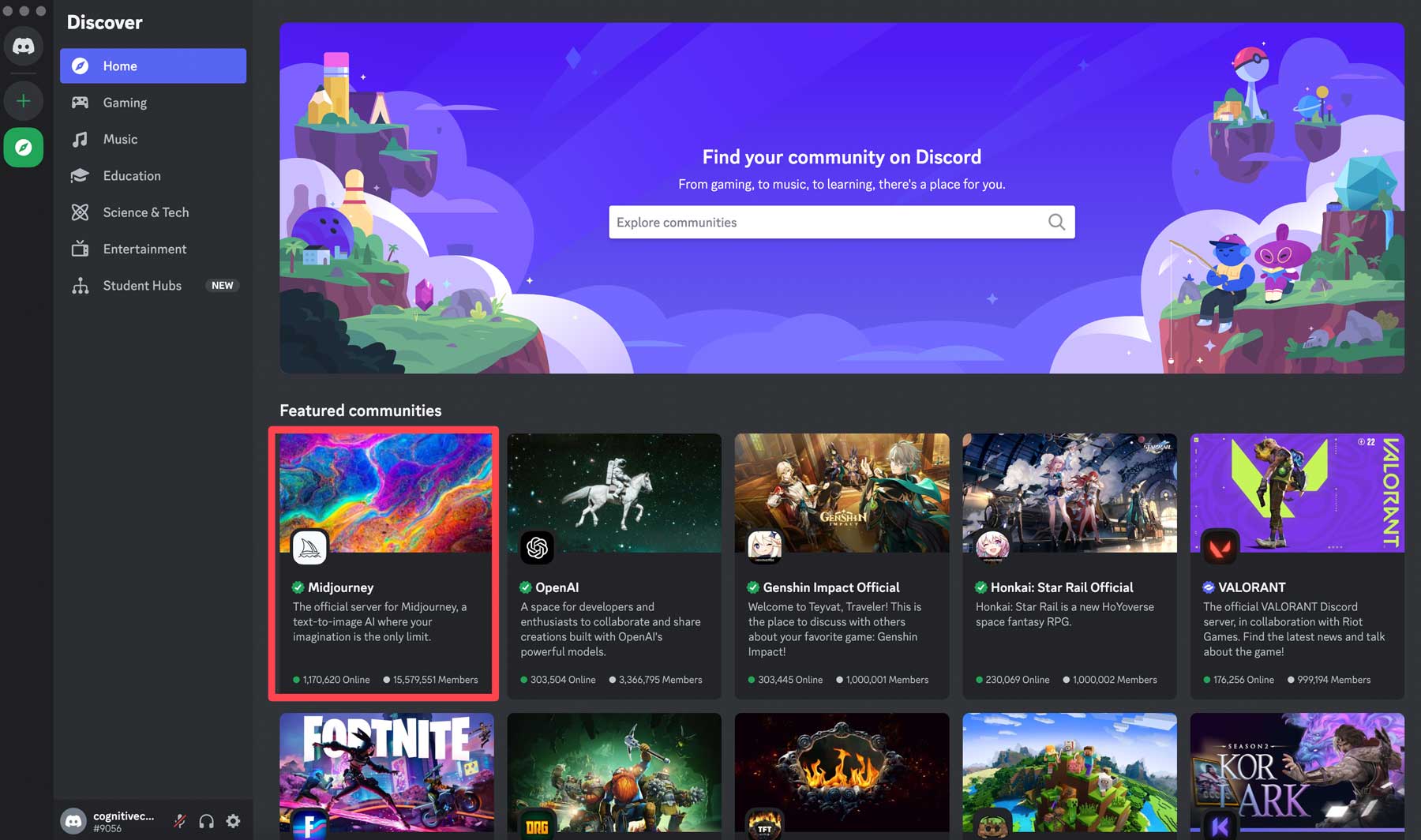
Generative AI tools are reshaping the landscape of creativity by providing powerful resources that enhance productivity and inspire innovation across various domains within the arts and entertainment sectors. As these technologies continue to develop, they will undoubtedly play a crucial role in defining the future of creative expression—enabling individuals from all backgrounds to explore their artistic potential while fostering collaboration between humans and machines.
If you would like to use an AI tool specific to your industry, check out our article on the best AI tools for each industry.










